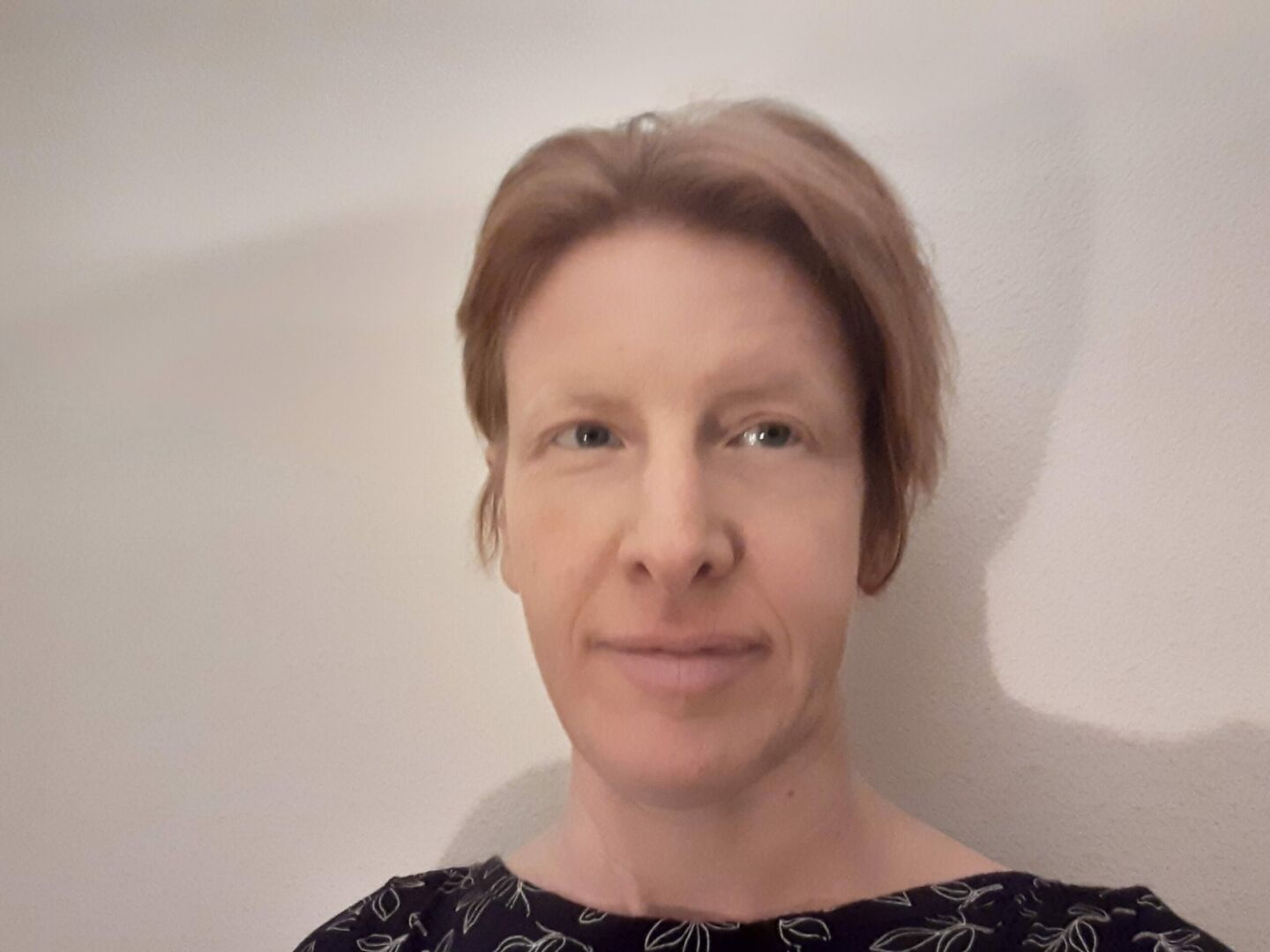
IDA Seeks 2,000 Globe at Night Measurements in March

Call to Action: The International Dark-Sky Association (IDA) calls on night sky enthusiasts around the world to rate the brightness of their night sky with the Globe at Night night sky measurement campaign this March. The data will be used to educate decision-makers and the public about the urgent need to apply pragmatic solutions to mitigate the effects of light pollution.
IDA and Globe at Night seek 2,000 cloud-free measurements this March. This large set of measurements will be compared to measurements from prior years in the same month to provide a comprehensive view of the changes to night sky quality around the world.
Globe at Night measurements are always collected during minimal moon brightness at different times during the year. In 2019, there are two opportunities to submit observations during March periods when the Moon is not out in the first half of the night. Measurements can be made now through March 7 and March 27 – April 5.
IDA calls on its global members, supporters, partners, and night sky enthusiasts everywhere to measure the sky brightness in their area on cloud-free nights, and submit their findings to Globe at Night. For simple instructions on how measure night sky quality near you, visit https://www.globeatnight.org/5-steps.php.
Background
Light pollution is a growing issue that impacts human health, wildlife habitats, energy consumption, and access to the night sky. According to the 2016 World Atlas of Artificial Night Sky Brightness, 80 percent of the world’s population lives under light polluted skies. In the United States and Europe, 99 percent of the public can’t experience a natural night!
In 2017, the journal Science Advances published peer-reviewed findings that quantified the average growth of light pollution as measured from space at 2% per year over the past five years. But what is the impact of that light increase on skyglow viewed from the ground? Satellite data alone can’t tell us, and that’s why we need your help. IDA is seeking quantifiable data to demonstrate the change in light pollution from Earth so that we can better understand the impact of this growing problem from the ground.
About Globe at Night
Launched in 2006, the Globe at Night campaign is a global public science campaign to raise awareness about light pollution. Citizen scientists rate their night sky brightness and submit their observations from a computer or smartphone. (See www.globeatnight.org/webapp/.) These measurements are used to track the change in night sky quality around the world. To date, the campaign has yielded more than 180,000 ratings. The Globe at Night database offers a wealth of data that is used by researchers and conservationists to understand how skyglow is changing and to bring awareness to the problems associated with light pollution.
Five Easy Star Hunting Steps
Measuring the sky quality where you live (or visit!) is simple and easy. Your observations will help fight pollution near you!
To make a Globe at Night observation, go outside more than an hour after sunset (8-10 pm local time). (The Moon should not be up.) Let your eyes become used to the dark for 2-5 minutes before your first observation.
You can report your findings through the web app, or use your cell phone. From your browser on your computer or cell phone, go to the report page at globeatnight.org/webapp/. This “web” app leads you through 5 easy steps to rate your night sky brightness.
Please make as many observations as you can on cloud-free nights during the two observing windows, February 26 – March 7 and March 27 – April 5. Invite your friends and family to join you to help Globe at Night receive 2,000 observations in March!
- When did you make your observations?
- Where did you make your observations? (If you have a smartphone, the first two questions are inputted automatically.)
- How dark was the sky that night? Choose the thumbnail star map that most closely resembles what you observe in terms of the faintest stars seen.
- What were the sky conditions like that night? Pick from a selection of four images from clear to very cloudy.
- OPTIONAL: Input a Sky Quality Meter measurement.
- Hit the “Submit” button.



















